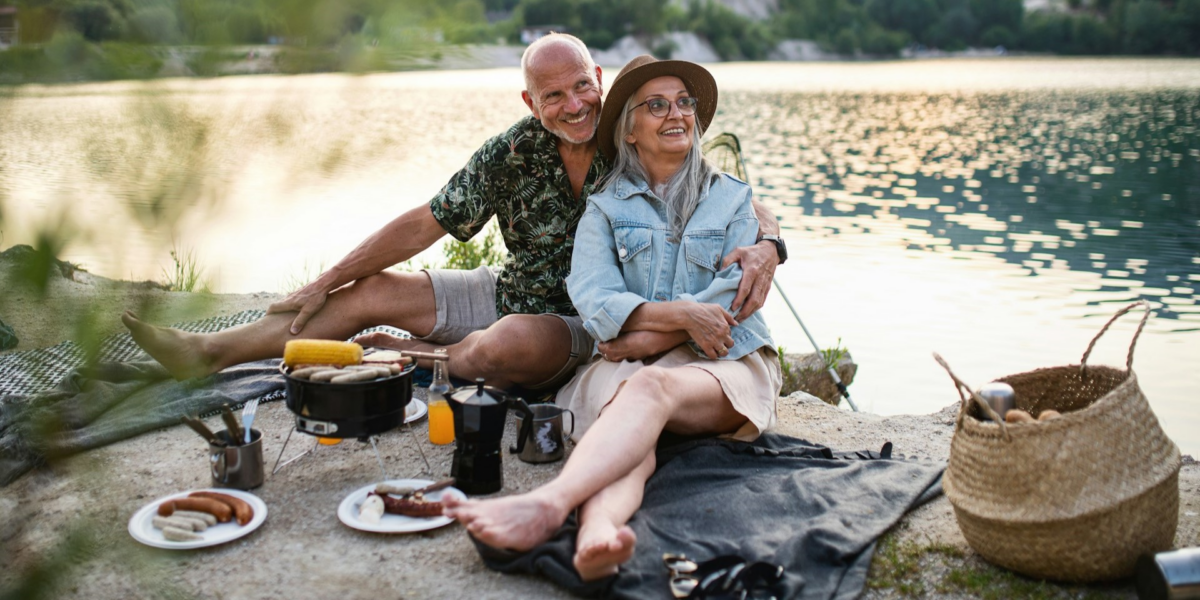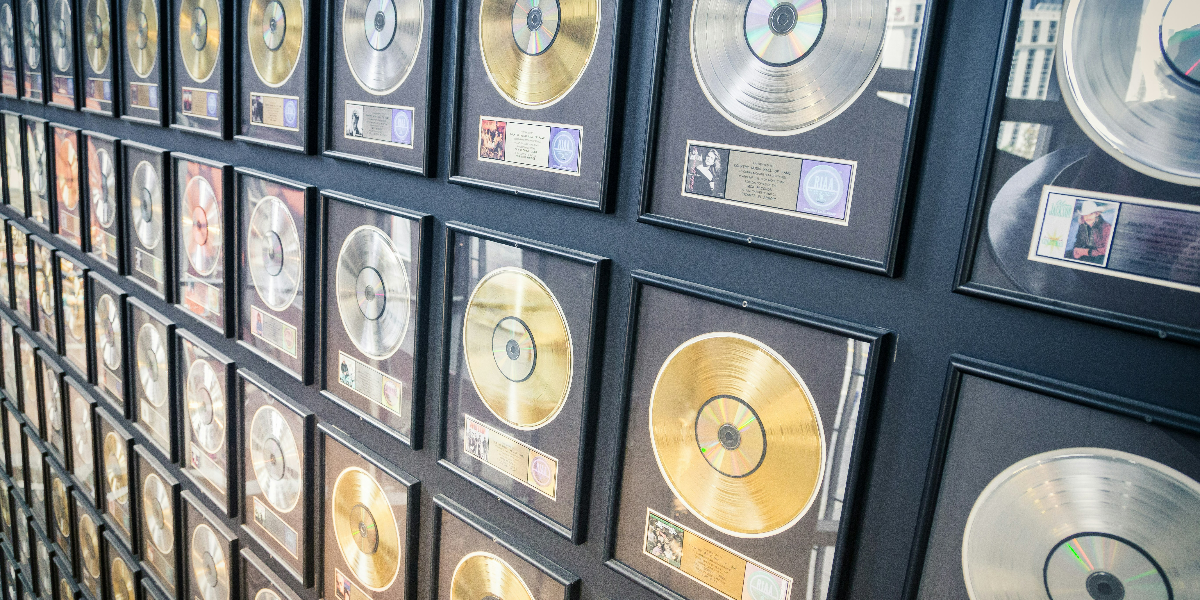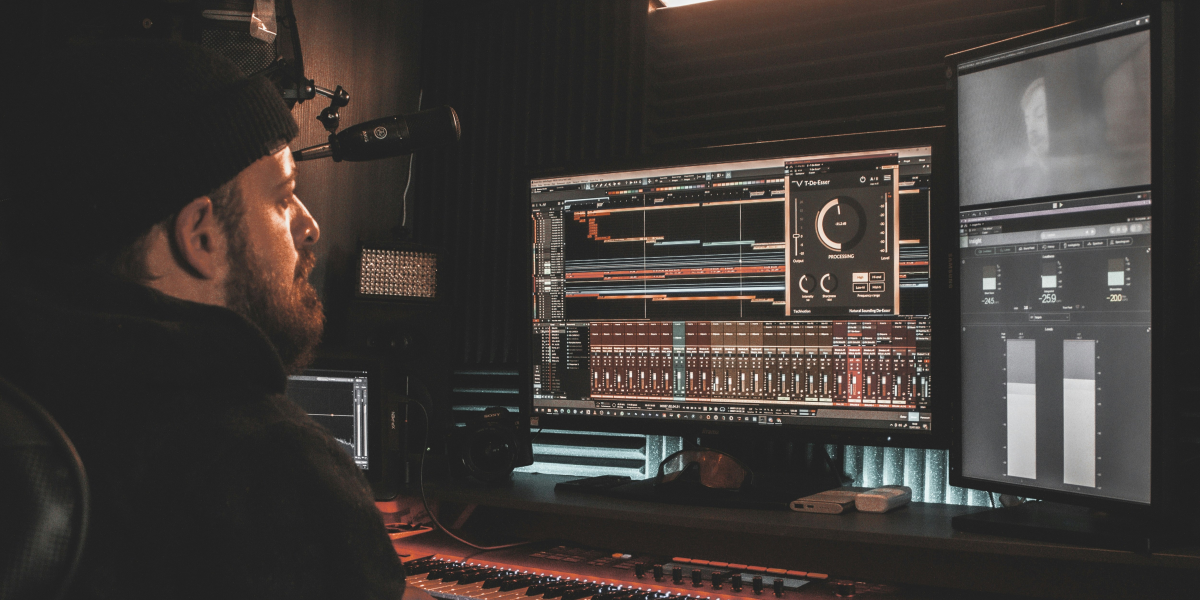Exploring the Purpose and Benefits of Holding Business Meetings Outside the Office
Business meetings have evolved beyond the traditional boardroom in today’s dynamic workplace environment. Companies and professionals are embracing the idea of hosting meetings in alternative locations outside the office. From casual coffee shops to outdoor venues, these settings can offer advantages that enhance the meeting experience for everyone involved.
Enhancing Creativity and Innovation
Changing the physical environment for meetings can have a powerful impact on creativity and innovation. Traditional office settings, while structured and familiar, can often stifle creative thinking. By stepping into a different setting, team members can break free from routine constraints, which often leads to fresh ideas and perspectives.
For example, hosting a brainstorming session at a local park or a café can encourage team members to think more openly and share their ideas freely. In these relaxed settings, people tend to feel less restricted by formality, making it easier for unique ideas to emerge.
Strengthening Team Connections and Building Trust
Holding meetings outside the office can be valuable for team building and bonding. A different, often more casual environment can help reduce the social barriers that sometimes exist in formal settings.
Team members may feel more comfortable and willing to communicate openly, which can be essential for addressing work challenges and improving group cohesion. Some companies even organize monthly off-site meetings or annual retreats to enhance team dynamics, allowing employees to connect in a more relaxed environment.
When people can relate to one another outside of traditional roles, the entire team dynamic benefits, leading to stronger relationships that carry over into the workday.
Impressing Clients and Business Partners
First impressions and memorable experiences matter when meeting with clients or business partners. Choosing an impressive venue outside the office, such as an upscale restaurant, a conference center, or even a scenic outdoor location, can make a lasting impression. For instance, a company might select a high-end restaurant known for its ambiance and cuisine, signaling that they value the partnership and are willing to invest in building a strong connection.
Additionally, conducting meetings in unique spaces offers an opportunity to showcase the brand’s personality and values in a way that goes beyond a PowerPoint presentation. It also allows clients to experience the company’s approach in a more relaxed, engaging atmosphere, potentially leading to stronger relationships and increased trust. This strategic choice of location can demonstrate creativity and attention to detail, qualities that clients and partners often value highly.
Promoting a Healthier, More Balanced Work Culture
The shift towards holding meetings outside the office can also be seen as a commitment to a healthier work culture. Studies show that exposure to natural environments, even for short periods, can reduce stress, enhance mood, and improve overall well-being.
Companies can support mental and physical health by encouraging off-site meetings in parks, gardens, or other outdoor spaces. This is especially relevant for industries with high-stress environments, where small breaks from routine can significantly affect employee morale and retention.
Regularly scheduled off-site meetings, like walking meetings or team lunches, allow employees to break away from their desks, stretch, and enjoy a more stimulating environment. These breaks in routine contribute to a balanced work culture, reinforcing the idea that the company values its employees’ well-being and is invested in creating a positive work environment.
Optimizing Meeting Outcomes with Thoughtful Planning
Selecting an off-site meeting location requires thoughtful planning to achieve the best results. Before choosing a venue, business leaders should consider factors like the meeting’s objective, attendee preferences, and the logistics of the location.
For instance, a brainstorming session may best suit a relaxed space with fewer distractions, such as a quiet café or a co-working area with flexible seating. On the other hand, if the purpose is to impress a prospective client, an upscale restaurant or unique event space might be more effective.
Planning for necessary resources, such as reliable Wi-Fi, presentation equipment, or refreshments, is also essential. Preparation can ensure that the meeting’s goals are met without compromising on the relaxed atmosphere. An off-site meeting can be productive and enjoyable when planned correctly, allowing everyone to focus on the agenda without unnecessary interruptions.
Balancing Flexibility with Professionalism
While off-site meetings offer numerous benefits, balancing flexibility with professionalism is essential. Not every meeting may be suitable for an external venue, and companies should consider factors like the meeting’s objectives, budget, and participant preferences before finalizing a location. However, by integrating off-site meetings into their routines strategically, companies can benefit from a more adaptable approach that fosters creativity, supports team relationships, and improves overall work culture.
As the modern workplace evolves, off-site meetings effectively inspire innovation and prioritize employee well-being. When used thoughtfully, these meetings can impact both internal teams and external partners, contributing to the long-term success of any business.
Published by: Khy Talara












